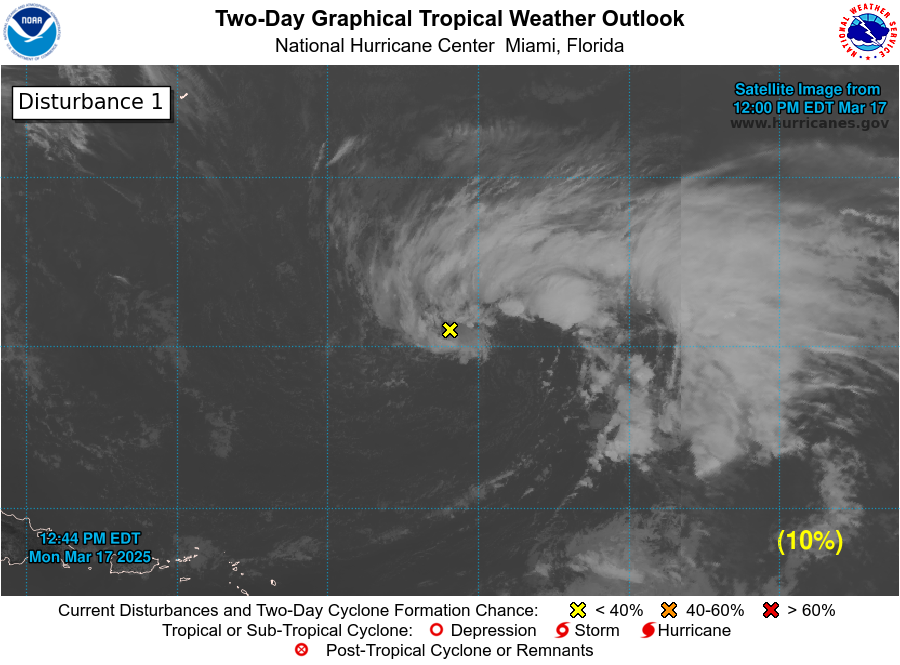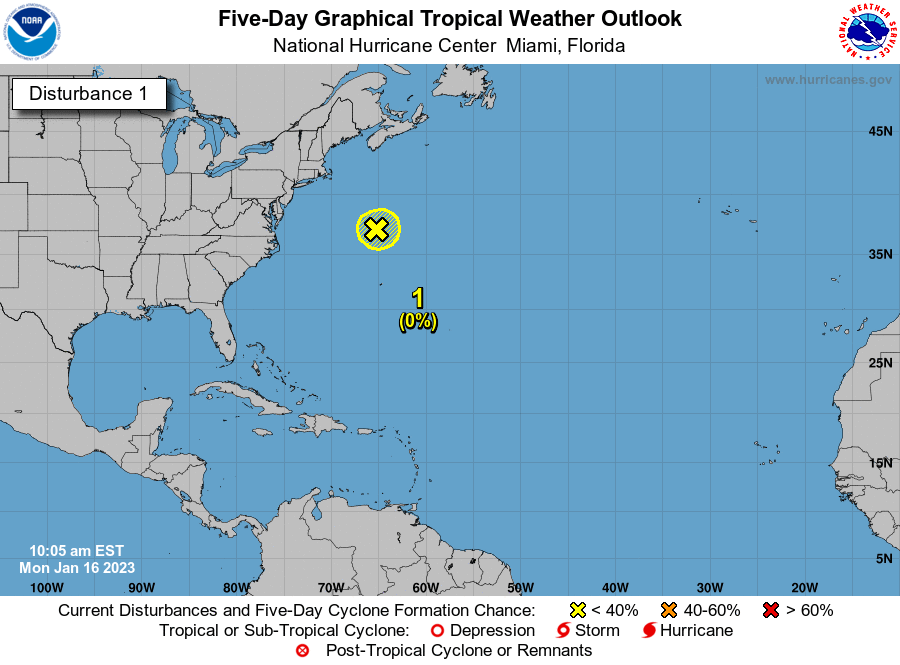Florence Is Expected To Strengthen Again To A Hurricane This Weekend
Florence Is Expected To Strengthen Again To A Hurricane This Weekend; Florence Poses A Serious Threat As A Formidable, Major Hurricane To Parts Of The US East Coast, Particularly From Northeast Florida Northward Through The Carolinas & Mid-Atlantic States Between Wednesday & Friday Of Next Week
Tropical Storm Florence:
5 am EDT/4 am CDT Statistics:
Location: 25.1 North Latitude, 50.7 West Longitude or about 985 miles to the east-southeast of Bermuda.
Maximum Winds: 65 mph.
Minimum Central Pressure: 996 Millibars or 29.42 Inches.
Forward Movement: West at a forward speed of 7 mph.
Florence has been battling southwesterly wind shear for the past 24 hours or so and because of this, it has weakened into a tropical storm. Latest satellite imagery, however, indicates that the overall thunderstorm activity associated with the storm has shown signs of organization as the worst of the shear may now be passing Florence. All indications are that the amount of wind shear is likely to decrease today with a very low wind shear and quite favorable environment expected from this weekend through a good part of next week. This all means that Florence is very likely strengthen again reaching hurricane strength sometime this weekend and probably major hurricane status by or before Tuesday.
This means that in all likelihood a major hurricane will be approaching the US East Coast during the middle and later parts of next week. So, don’t let the fact that Florence is currently a tropical storm fool you – it will be a formidable, major hurricane that has the very real potential to directly impact some part of the US East Coast during the second half of next week.
Florence is now moving on a nearly due west track as expected. This westerly course is likely to continue for the next several days as a ridge of high pressure controls its direction. As we head into next week, there are very troubling signs that Florence has a very good chance of being steered right into some part of the US East Coast between Wednesday and Friday of next week. Based on the latest data, it appears the highest threat area is from roughly Jacksonville, Florida northward to about Chesapeake Bay and Delaware Bay.
The westward trend in the overall model guidance continues this morning with a majority of the guidance pointing at either a very close brush or a direct impact with the US East Coast. There are many less model guidance tracks that show a “out to sea” idea as compared to this time yesterday.
The latest GFS model guidance has now caved to the European, Canadian and UKMET models. The GFS model guidance now forecasts a track that takes Florence not only right over eastern North Carolina but right up Chesapeake Bay from Thursday into Friday of next week.
The UKMET model and the UKMET ensembles have trended northward with the forecast track of Florence with most of the members showing an impact from northeast Florida to the outer banks of North Carolina by about Thursday of next week.
The latest European model guidance continues to trend towards a stronger upper level ridge of high pressure and thus a further south track. The latest guidance now forecasts a landfall in the Myrtle Beach area of South Carolina around Thursday of next week.
The European ensemble guidance now seems to have 2 distinct forecast track clusters. The first cluster takes Florence directly inland into South Carolina, Georgia and north Florida. The second cluster of forecast tracks forecasts a path across the outer banks of North Carolina and right along the coasts of Delaware, Maryland and southern New Jersey.
Here Are My Thoughts: It is looking increasingly more likely that the upper level ridge of high pressure located to the southeast of Newfoundland will be very strong next week and will have no problems steering Florence westward towards the US East Coast. This means that the threat for a high impact hurricane impact for some part of the US East Coast is looking increasingly more likely sometime between Wednesday and Friday of next week.
Even though the picture of where Florence may track is slowly becoming clearer, there are still 3 potential scenarios. They are:
Scenario #1 is for Florence to be driven westward and then west-northwestward by the large upper level ridge over the next week. This leads to a landfall somewhere across northeast Florida, southeast Georgia, coastal South Carolina or coastal North Carolina between Wednesday and Friday of next week. I am significantly increasing the chances of a landfall. So, I give this scenario a 60 percent chance of happening.
Scenario #2 is that Florence is driven fairly far west, but the upper level ridge breaks down partially on its western side. This leads to a very close brush or a landfall from eastern North Carolina northward to Long Island, New York between Wednesday and Friday of next week. At this point, I give this scenario about a 39 percent chance of occurring.
Scenario #3 is for Florence to somehow be completely picked up by a trough of low pressure passing way to the north this weekend and sent into the open Atlantic with no threat to any land masses. I think that there is now very little chance of this occurring. I give this scenario a 1 percent chance of happening.

If you live along the US East Coast, particularly from northeast Florida through the Carolinas to the Mid-Atlantic States, it would be a very good idea to go over your hurricane plans this weekend. Know your evacuation routes, find out if you are in a flood zone, etc. Also, check to make sure you have water, batteries, blankets and other basic supplies to last at least a week. Areas further north into New England and further south across central and south Florida need to be very vigilant with the forecast of Florence as additional changes to the forecast track are likely.


Model Track Forecast For Florence:

Satellite Imagery Of Florence:



Invest 92-L Located Over The Eastern Atlantic: It looks very likely that Invest 92-L, which is a low pressure system located about 650 miles to the west of Cape Verde Islands, will become a tropical depression within the next 12-18 hours and likely our next named storm (Helene) this weekend.
Satellite images indicate that the shower and thunderstorm activity associated with Invest 92-L has become much better defined over the last 12 hours and it looks very likely that robust development will occur in the coming days.
I am becoming increasingly more concerned that this system will pose at least a threat, if not a direct impact to some part of the Lesser Antilles during the second half of next week. Both the GFS and European model guidance show a track that takes this system right over the southern Leeward Islands and northern Windward Islands around Thursday of next week. Other guidance such as the UKMET model and the Canadian model, however, turn this system as well as the one behind it (Invest 93-L) to the north well before reaching the Lesser Antilles.
At this point, I would advise everyone in the Lesser Antilles to closely monitor the progress of Invest 92-L. We are about a week away from it threatening the Lesser Antilles and it needs to be monitored very closely.
Invest 92-L Information:


Model Track Forecast:

Satellite Imagery:



The next tropical weather discussion will be issued on Saturday Morning or sooner if conditions warrant.

